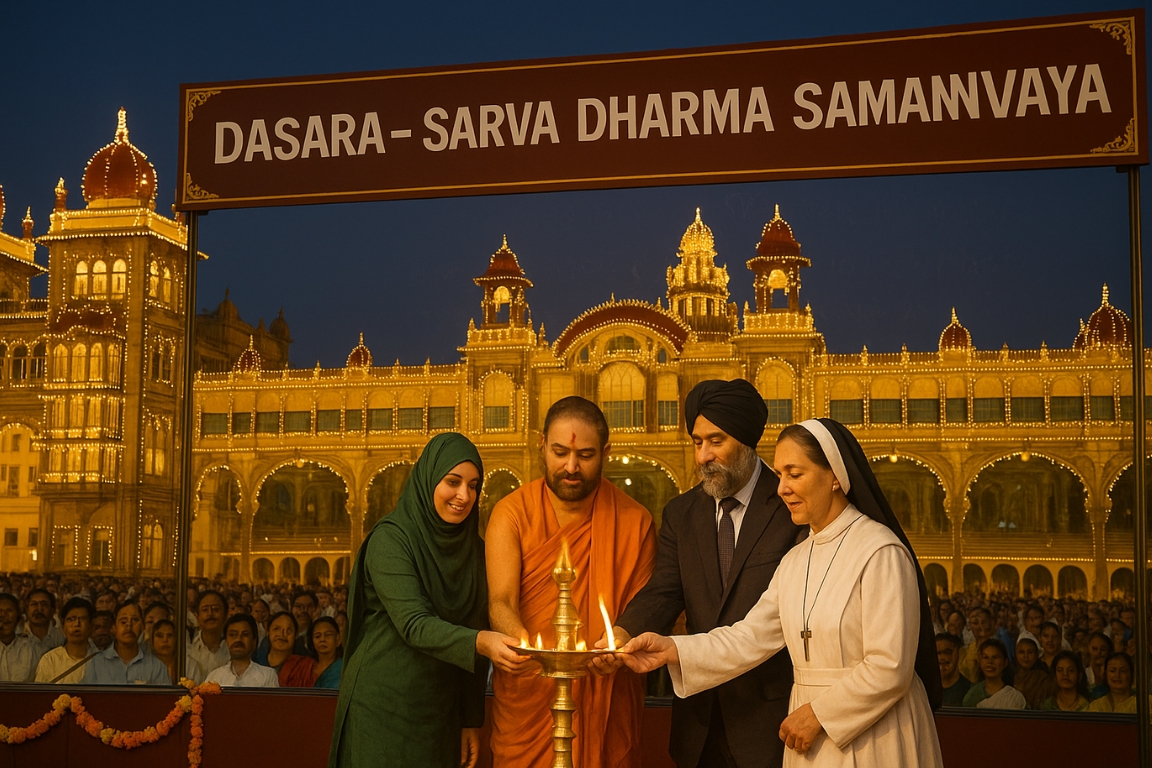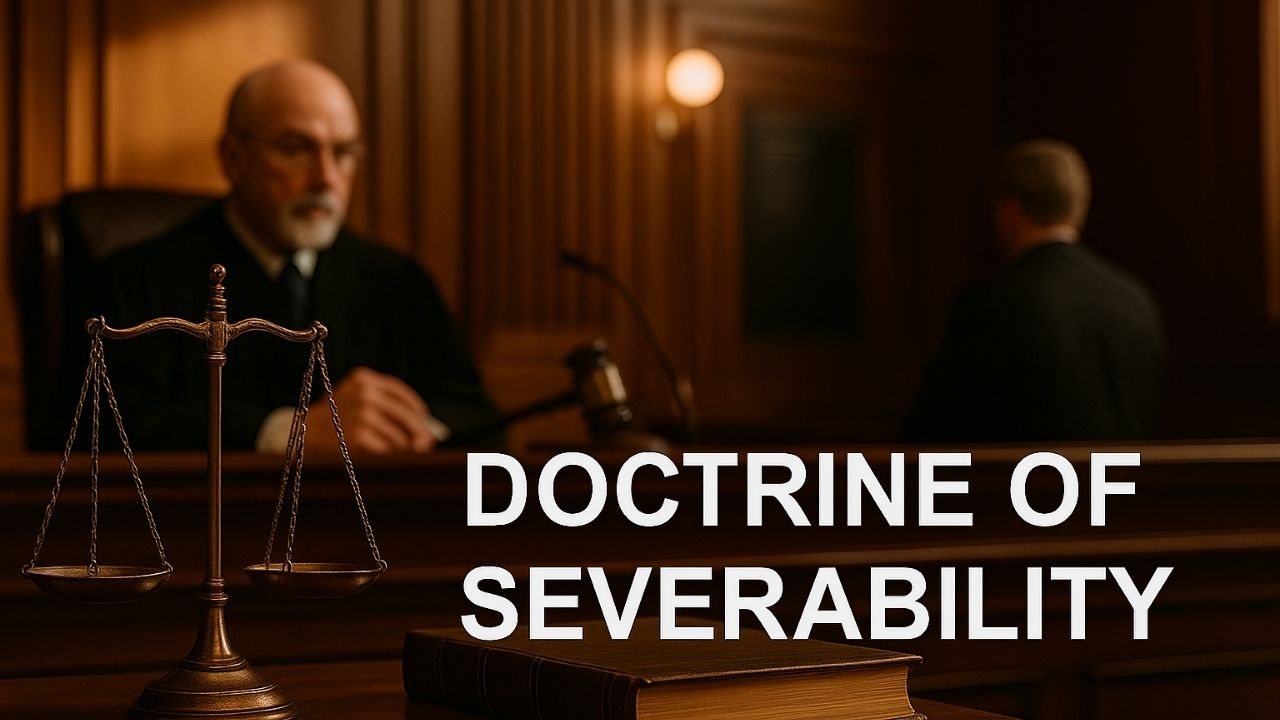The Supreme Court of India recently dismissed a petition challenging the participation of Kannada writer Banu Mushtaq, a Muslim, in inaugurating the Mysuru Dasara festival.
Issue in Brief
- A petition alleged that Ms. Mushtaq’s role in the event violated Articles 25 & 26 (freedom of religion).
- The Court clarified that Dasara is a state-sponsored cultural event, not a purely religious function.
- It stressed that the Preamble ensures equality and secularism, and participation across faiths does not infringe anyone’s rights.

Key Observations of the Supreme Court
- Secularism is a basic feature of the Indian Constitution.
- Public cultural events organised by the State cannot exclude anyone based on religion.
- Religious freedom (Art. 25 & 26) cannot be misused to prevent others from joining celebrations.
- The Court rebuked attempts to communalise inclusive occasions.
Broader Significance
- India’s pluralistic traditions allow people of all faiths to join cultural and religious celebrations.
- Restricting participation in state events on religious grounds is against constitutional morality.
- Such petitions often reflect political opportunism, aiming to divide communities.
History of the Basic Structure Doctrine in India
- 1967 – Golaknath Case: Parliament cannot amend Fundamental Rights.
- 1973 – Kesavananda Bharati Case: Supreme Court ruled that Parliament can amend the Constitution, but cannot alter its “basic structure” (including secularism, democracy, rule of law, federalism, judicial independence).
- Indira Gandhi v. Raj Narain (1975): Free and fair elections declared part of basic structure.
- Minerva Mills Case (1980): Balance between Fundamental Rights and Directive Principles upheld as basic structure.
- Over time, courts have reaffirmed secularism as a non-negotiable part of basic structure.
Way Forward
- Promote inclusive participation in public cultural events.
- Discourage politicisation of religion through strict judicial scrutiny.
- Enhance constitutional literacy among citizens to prevent misuse of provisions.
SECULARISM IN INDIA:
Secularism in India
- The word “Secular” was added to the Preamble by the 42nd Constitutional Amendment in 1976.
- India’s model ensures equal respect for all religions without state religion, unlike the U.S. where secularism emphasizes state neutrality but allows private religious expression freely.
Key Articles on Religion (Articles 25–28)
- Article 25: Freedom of conscience and right to freely profess, practice, and propagate religion.
- Article 26: Right of every religious group to manage its own affairs in matters of religion.
- Article 27: No person can be compelled to pay taxes for promoting any religion.
- Article 28: Freedom as to attendance at religious instruction in educational institutions; non-compulsory for state-supported schools.
Conclusion
The judgment highlights that secularism is not just a constitutional provision but a civilisational value in India. Protecting this principle is crucial to preserving India’s unity in diversity and the integrity of its democratic framework.





